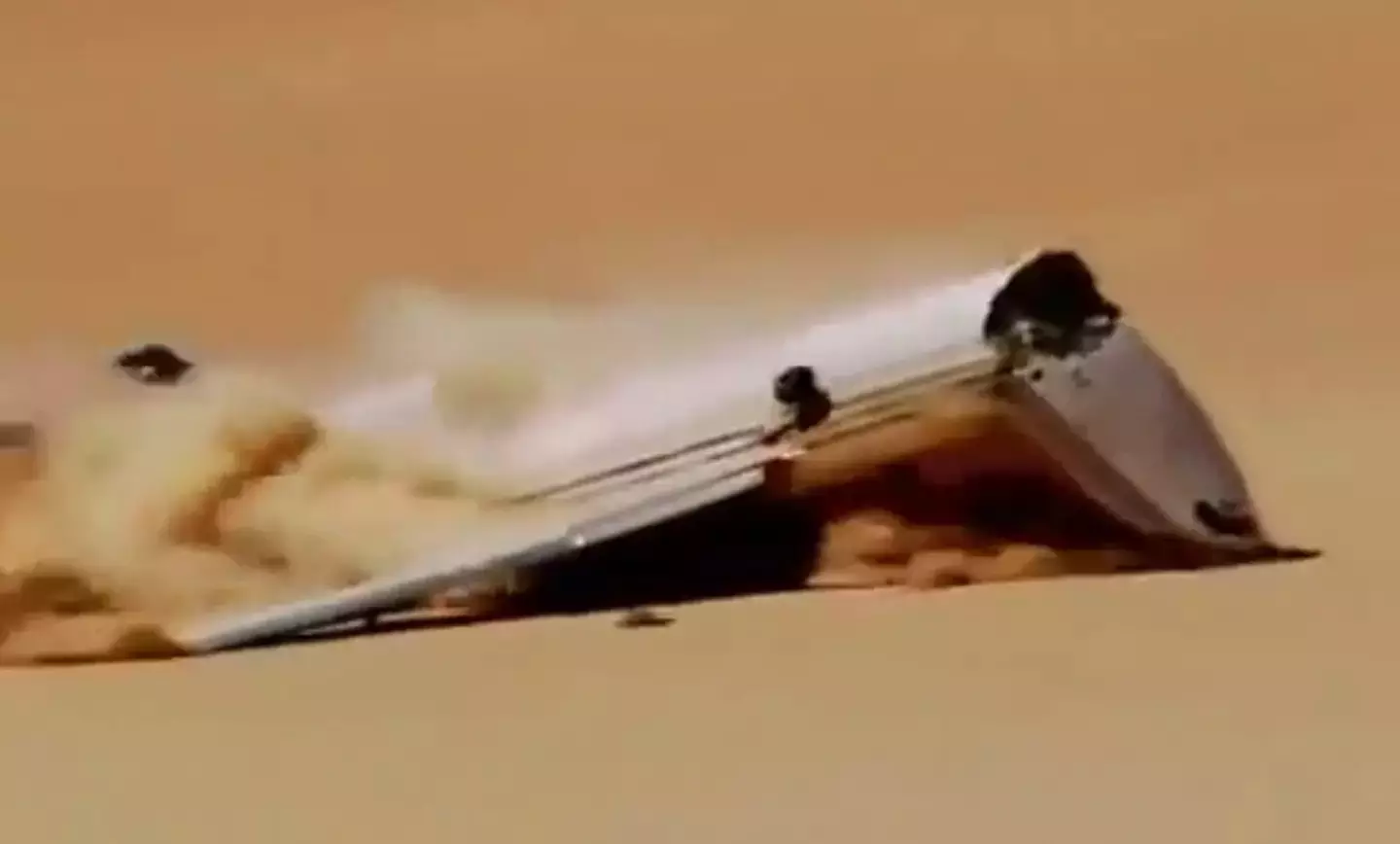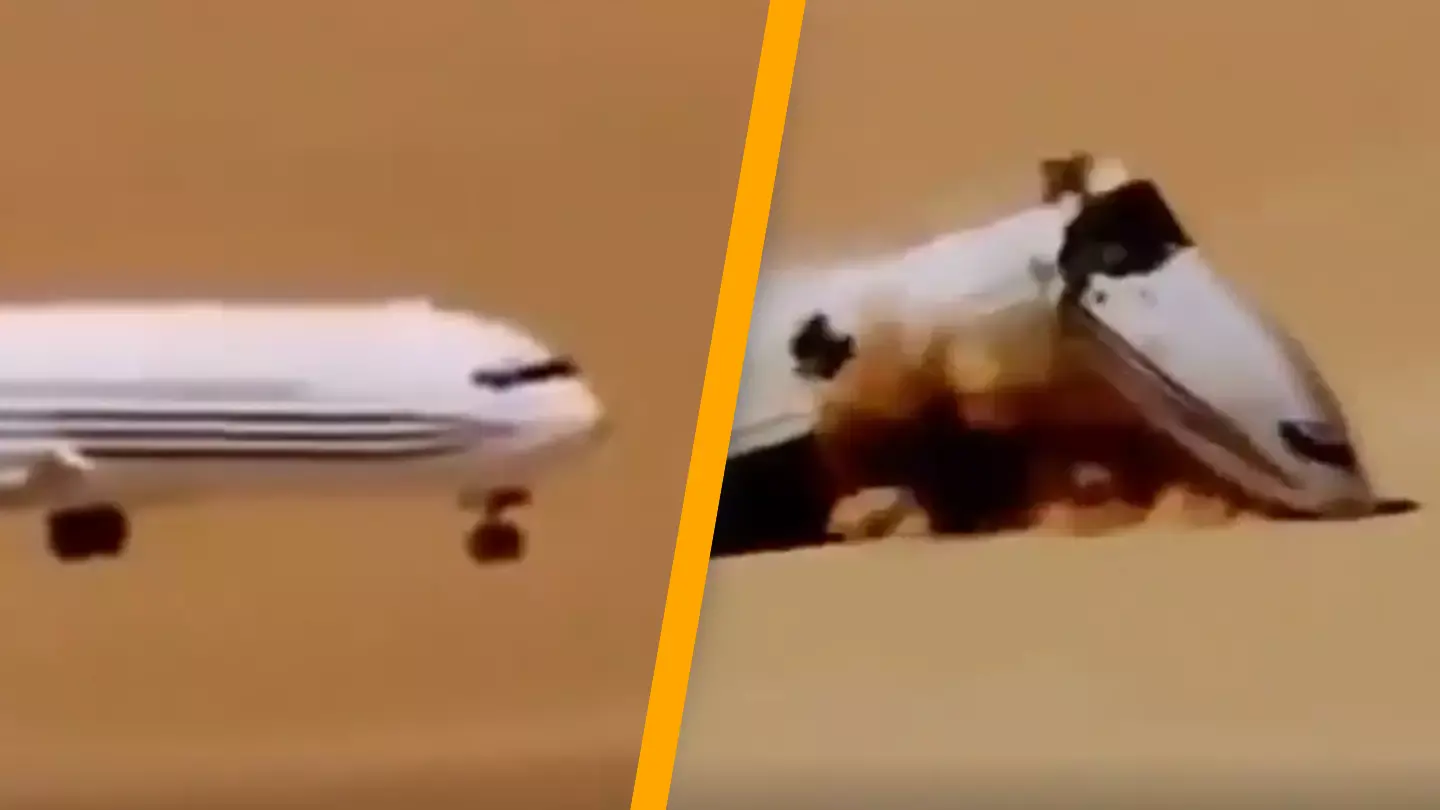The idea of deliberately crashing a plane might seem absurd, yet scientists once did just that to study which seats are most likely to ensure survival in the event of a crash.
In 2012, a group of researchers conducted an experiment by crashing an aircraft in the Mexican desert with the aim of finding out which seats would offer the best chance of survival in a commercial airplane disaster.
Naturally, there were no actual passengers on board; instead, the plane was equipped with crash test dummies, cameras, and various measuring devices.
After obtaining all the necessary permits, the test was set for April 27, 2012. For the experiment to proceed, someone needed to be in the cockpit when the plane took flight.
A team of six took the aircraft into the air before handing over control to a remote operator in a separate plane following the Boeing.
The crew onboard parachuted to safety just three minutes before the crash—certainly a narrow window.
During the extensive crash, the plane’s landing gear and fuselage were significantly damaged and broken into several sections.
As for the pressing question—where are the safest seats?
Seat 7A, for instance, was thrown over 150 meters from the crash site, which would have likely been fatal for anyone seated there.
Experts concluded that the safest places in the event of a crash are located by the wings.
The rear of the plane is also considered a safer area since it is where the aircraft’s structure is most robust.

Scientists determined that passengers seated at the back could potentially walk away from such a crash with only minor injuries.
However, this is contingent upon the test conditions, as this specific experiment saw the front of the plane impact the ground first.
If it had been the back that hit first, the outcome would likely have been different for those in the rear seats.
The 2012 test faced numerous challenges before it could be carried out.
Initially planned for the United States, the team was unable to secure permission from American authorities.
As a result, they relocated to Mexico, where they were able to complete this critical experiment.

